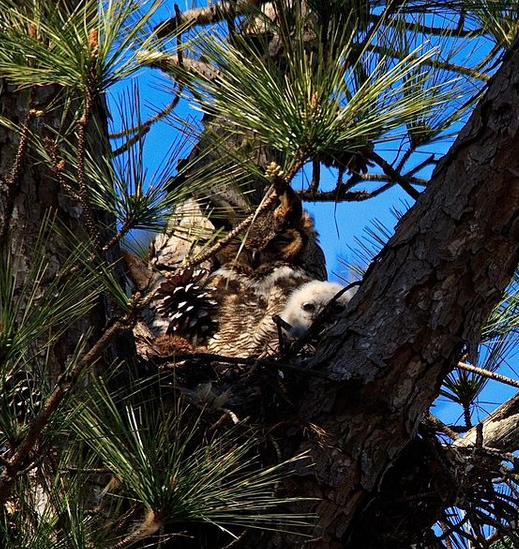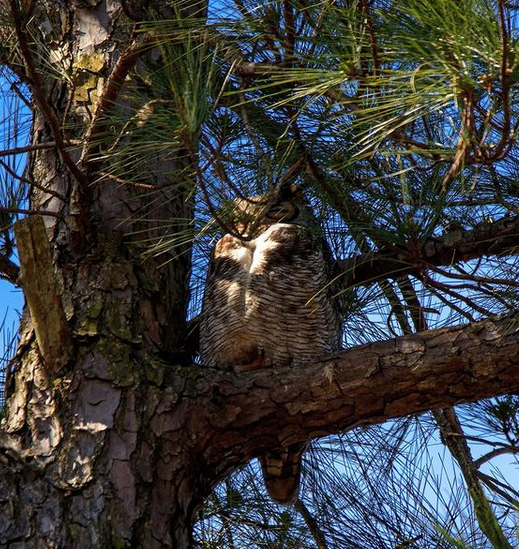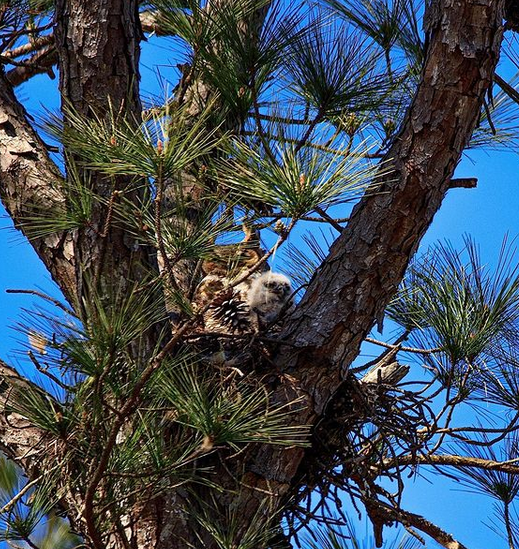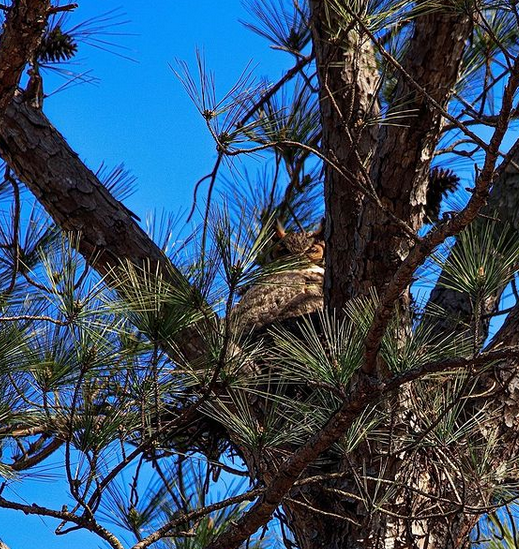By Sally Siko
While birding this morning along Mid Pines Road near Raleigh North Carolina, my friend Corie and I spied a Coopers Hawk perched on a branch at the edge of the woods.
The bird stayed put for several minutes and then it dropped down and glided silently to land in the trees on the other side of the road.
It’s not often that I’ve been able to get a close up look at one of these beauties so it was a lot of fun getting these shots.

Coopers Hawks are a year round resident of North Carolina and are found mix of forests or woodlots bisected with fields and open areas containing thickets and brush piles. Happily they seem to prefer to perch on the limbs of dead tree branches in fields or on fenceposts which makes them a little easier to find and photograph.
Interestingly Coopers tend to be more tolerant of people than other raptor species so it’s not unusual to see them in urban areas too.
In fact I think I’ve seen more Coopers Hawks flying through the crowded suburbs of North Carolinas neighborhoods this year more than I can remember.







We spent about 10 minutes watching the Coopers as it was totally relaxed and calmly preened on its perch.
This particular hawk is missing one eye but didn’t seem to be showing any signs of discomfort. I’m not sure how it lost that one eye, yet the bird appeared well fed so I suppose it hasn’t impacted it negatively when it comes to hunting for a meal.
Photos by @sally_siko of @bestlife_birding captured on my mighty mirrorless monster, the @canonusa #R5








